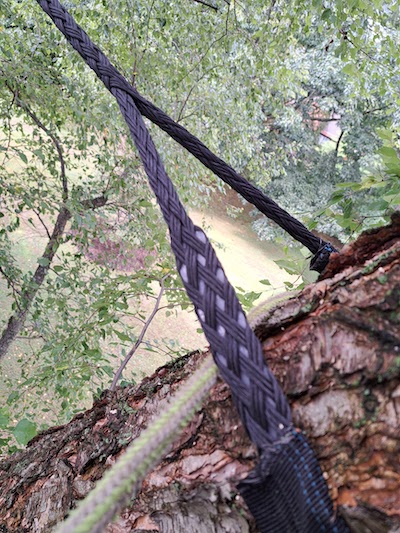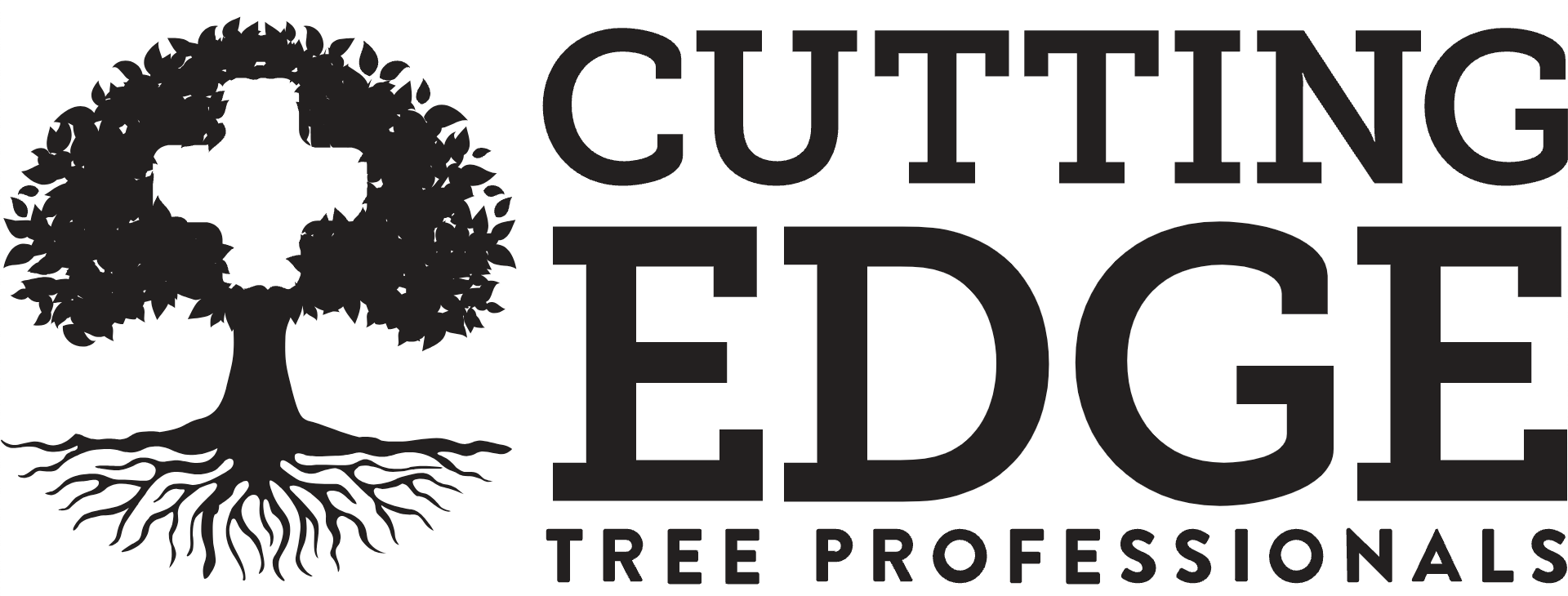Professional Tree Cabling & Bracing Services
Tree cabling and bracing is a crucial service that can save your trees from damage and prolong their lifespan. When done correctly, it helps to redistribute the weight of heavy branches, reduce stress damage, and prepare them for severe weather conditions.
At Cutting Edge Tree Professionals, we understand the importance of proper tree care and have a team including certified arborists who provide reliable cabling and bracing services. Read on to learn more about how our experts can help you maintain healthy trees on your property.

Importance of Professional Tree Cabling & Bracing Services
Ensuring the structural integrity of your trees is vital, and professional tree cabling and bracing services can help achieve that. By implementing flexible cables, rigid rods, and brace rods, certified arborists provide additional support to weak branches, preventing potential tree failures. This not only protects your property and loved ones but also minimizes damage during severe weather events. Moreover, professional tree cabling and bracing techniques increase the lifespan of trees, promoting healthy growth and stability.
The Role of Tree Cabling in Reducing Stress Damage
By reinforcing weak points in the tree structure, tree cabling plays a vital role in reducing stress damage. It provides extra support to large limbs and branches that are prone to failure. Using high-strength cables and rigid support systems, cabling helps prevent structural failure. Regular inspections and maintenance are essential to ensure the effectiveness of tree cabling. Professional arborists employ industry-standard techniques for safe and effective brace installation, ensuring the longevity and health of your trees. These measures not only protect your property but also contribute to the overall safety and health of your trees.
How Does Preparing Trees for Severe Weather Help?
Preparing your trees for severe weather with professional tree cabling and bracing is essential. It helps protect them from potential damage caused by storms, high winds, and heavy foliage. This service ensures the health and stability of your trees, safeguarding your property and surrounding areas during severe weather conditions.
Why Choose Cutting Edge Tree Professionals?
Cutting Edge Tree Professionals stands out as the go-to choice for tree care services. Our certified arborists bring extensive knowledge and expertise to every project. With top-of-the-line tools and techniques, we provide high-quality tree cabling and bracing. Trust us to prioritize the health and safety of your trees, ensuring peace of mind.
What Makes Our Arborists Certified and Company Accredited?
Our certified arborists are recognized by leading organizations and adhere to industry standards. Cutting Edge Tree Professionals is an accredited company known for excellence. Trust our experts for quality services and expert advice. We prioritize ongoing training and staying updated in tree care advancements.
When Should You Consider Cabling Your Tree?
Consider tree cabling if you notice signs of a weak structure or potential failure. Cabling is necessary for trees with large, heavy branches that pose a risk. Regular assessments and consulting with an arborist can help determine if cabling is needed. Don’t wait for accidents to happen, be proactive and consider tree cabling.
Our Professional Tree Cabling and Bracing protects your tree and your property
Investing in professional tree cabling and bracing services is crucial for the health and safety of your trees. These services help reduce stress damage and prepare trees for severe weather conditions, ensuring their longevity and preserving the beauty of your landscape. At Cutting Edge Tree Professionals, our certified arborists have the expertise and experience to provide top-notch services that meet industry standards.
We are committed to delivering exceptional results and providing our clients with peace of mind. If you’re considering tree cabling, don’t hesitate to schedule a free consultation with our team. We’ll assess your trees’ needs and recommend the best course of action to maintain their structural integrity.
